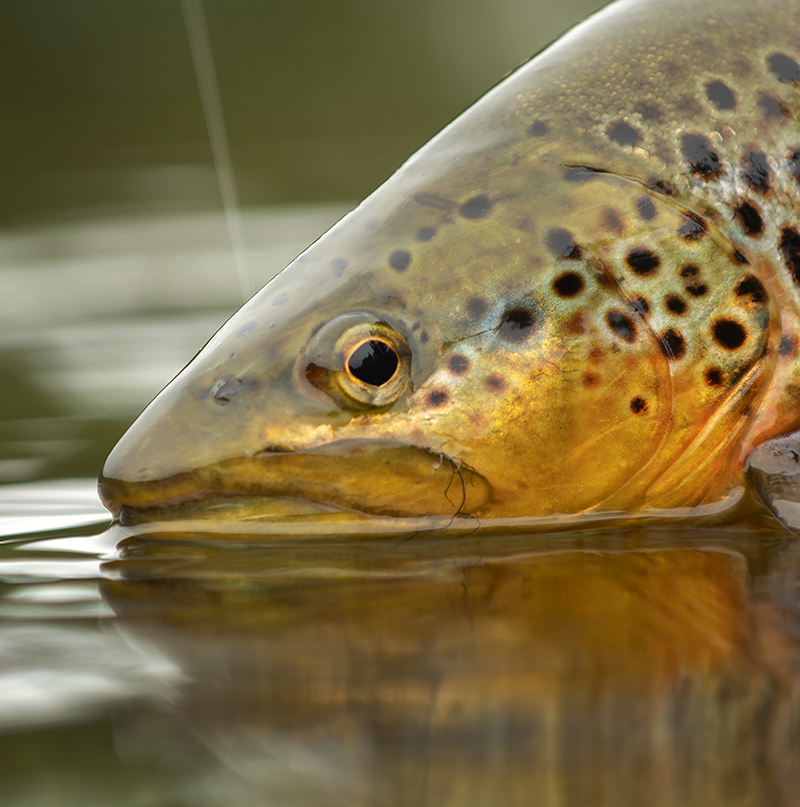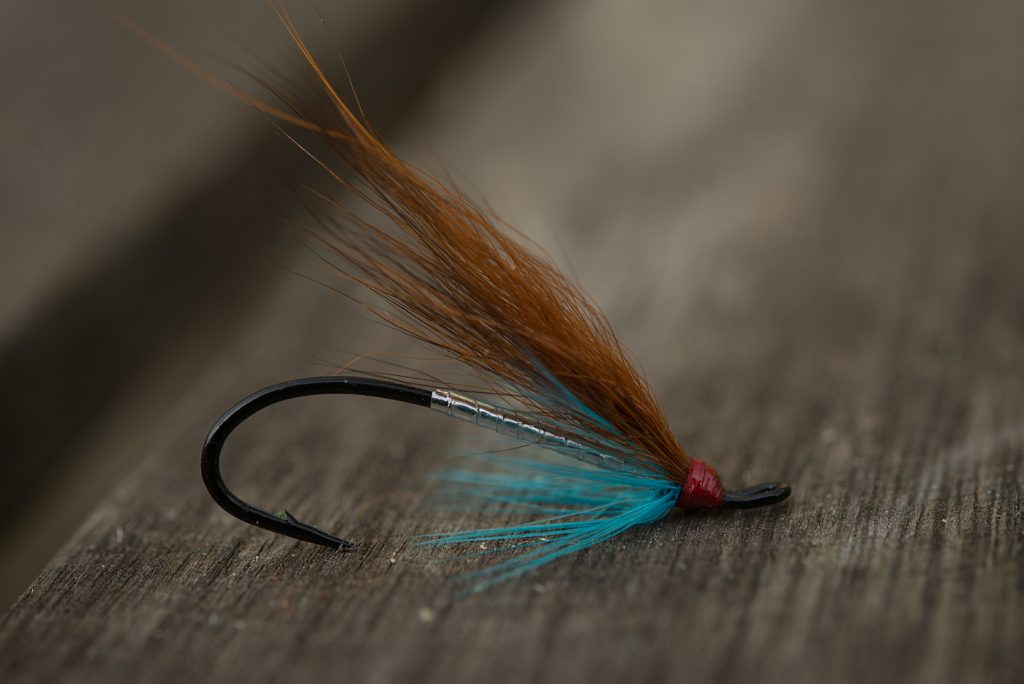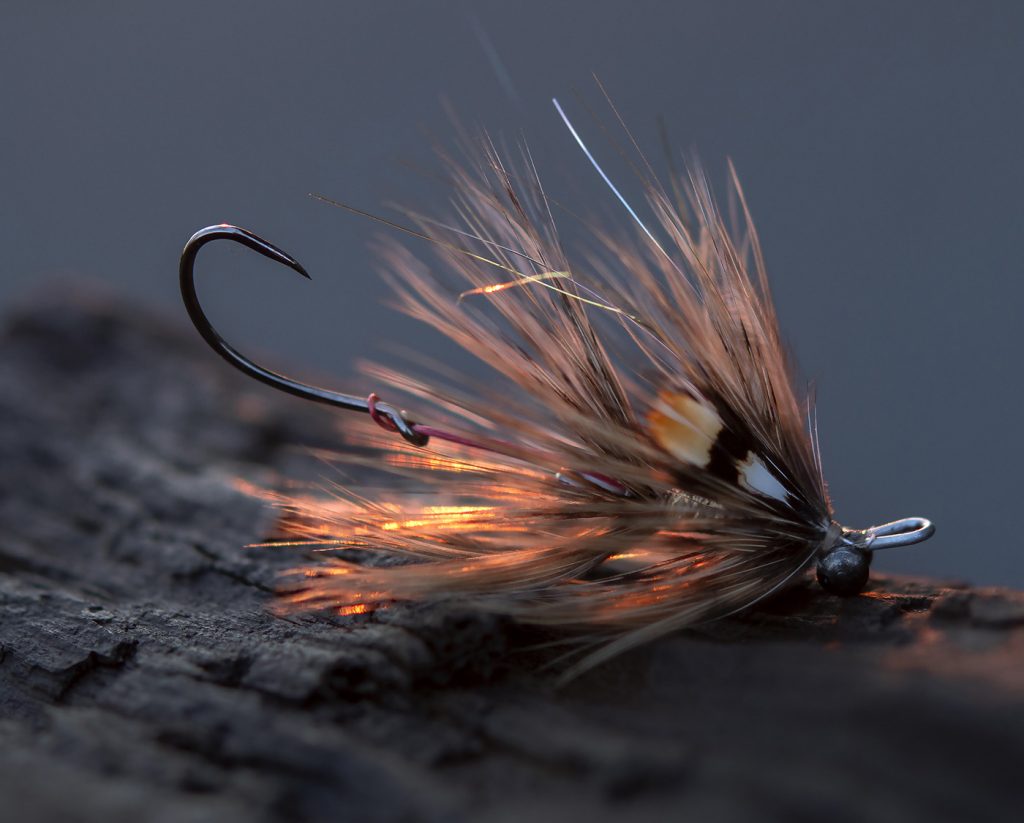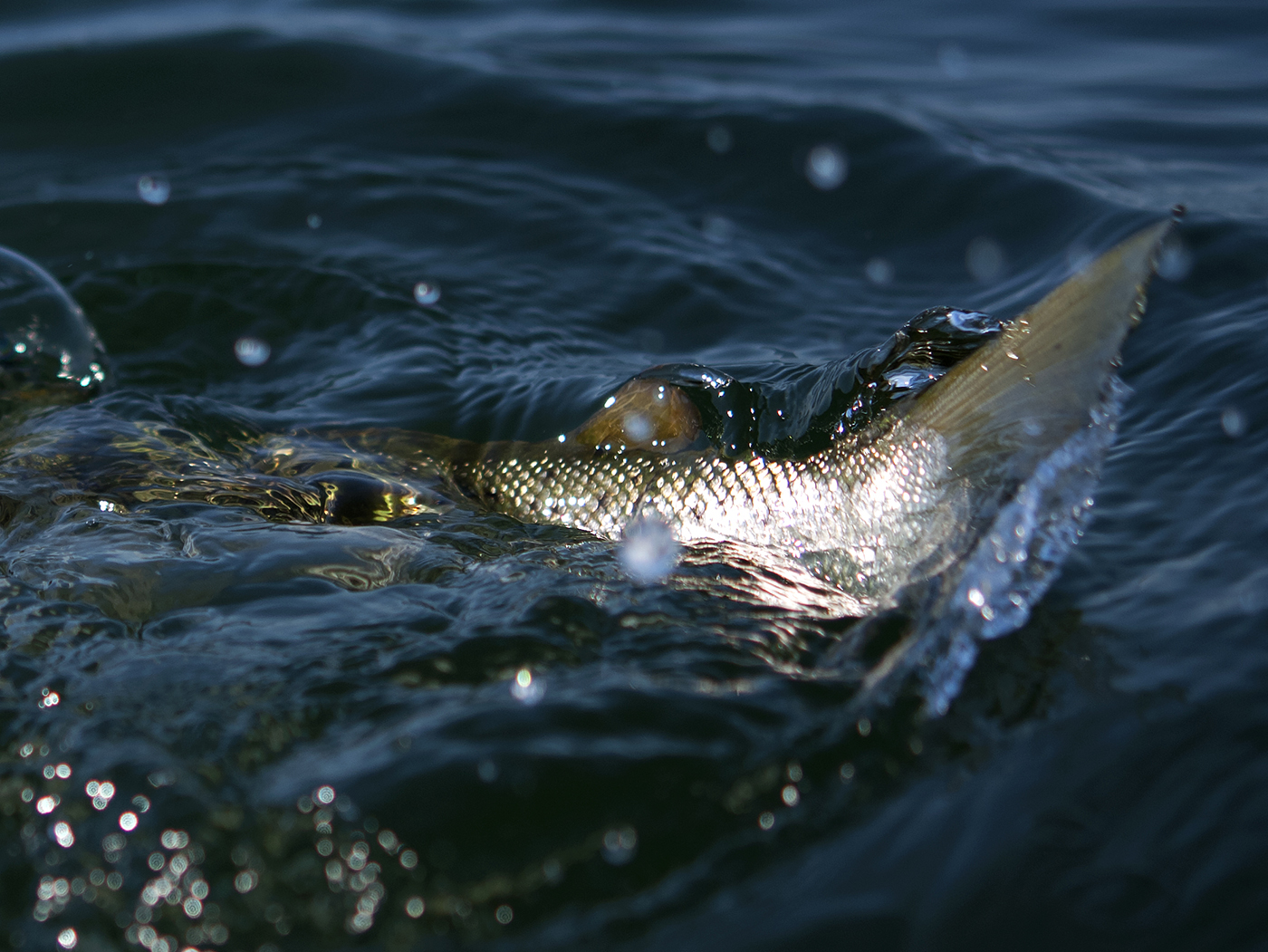
It sounds a bit like a new direction in modern, Scandinavian cuisine, but it’s not. It’s a new hook in our Nordic Series. Do they ever stop releasing new hook, you might think. Well, not in any foreseeable future. Nordic Series was the first line of hooks we released, so named to mark that we are a Danish hooks brand. Most of the hooks are intended and designed for saltwater fishing in Scandinavia, but most of them are very versatile and will fit a number of flies for all sorts of fishing.
Continue reading “New Nordic Series”








